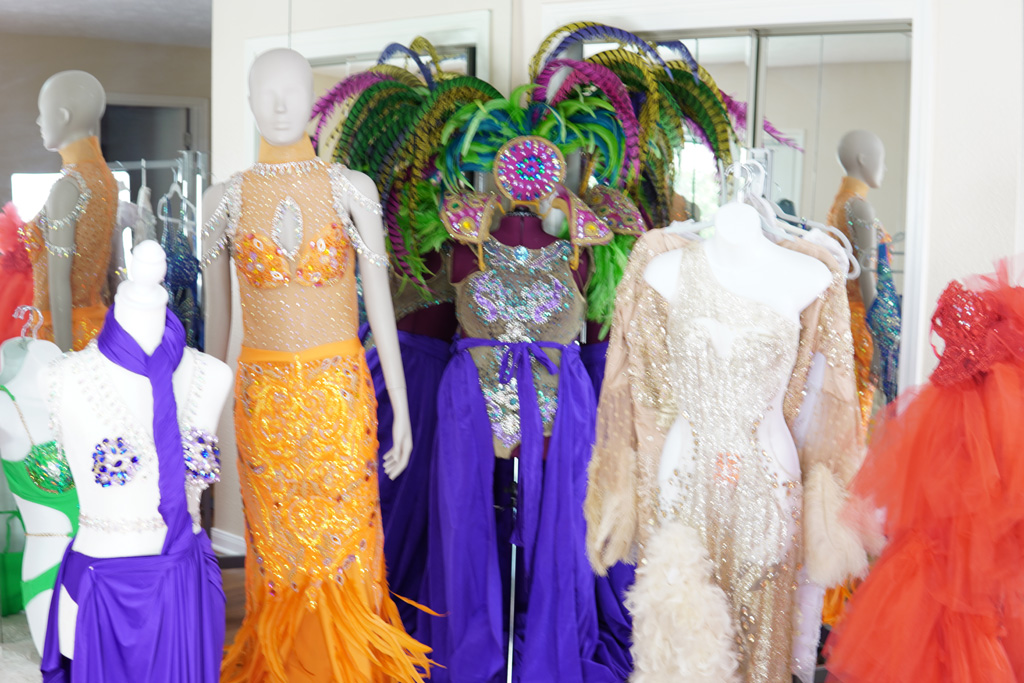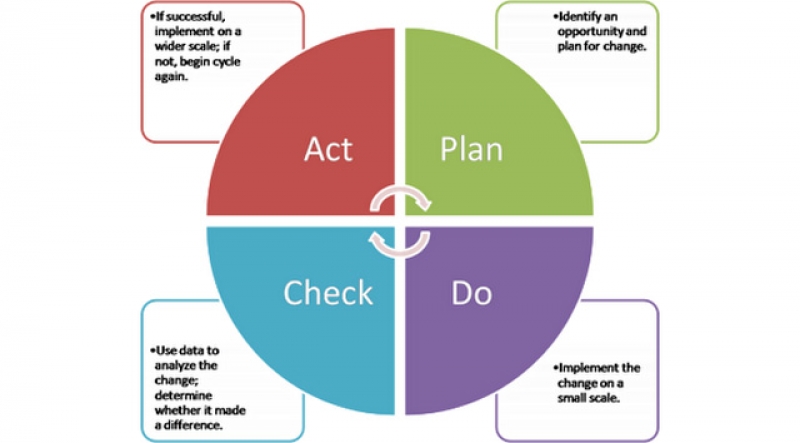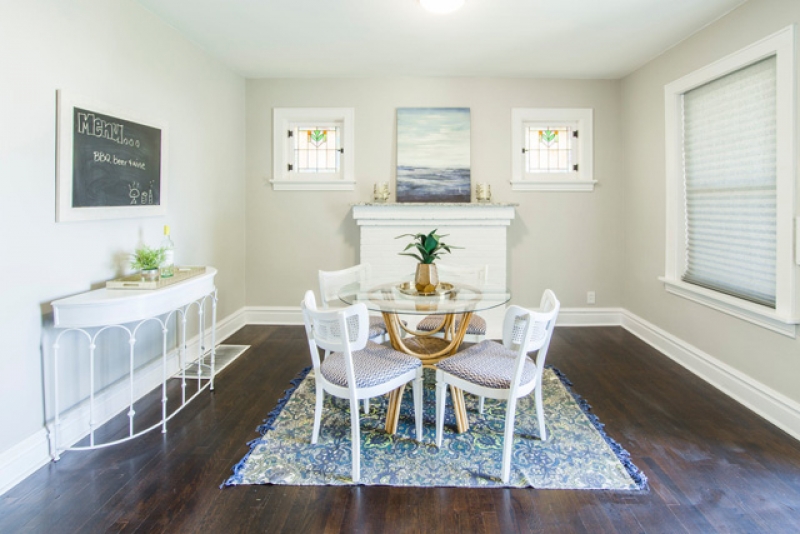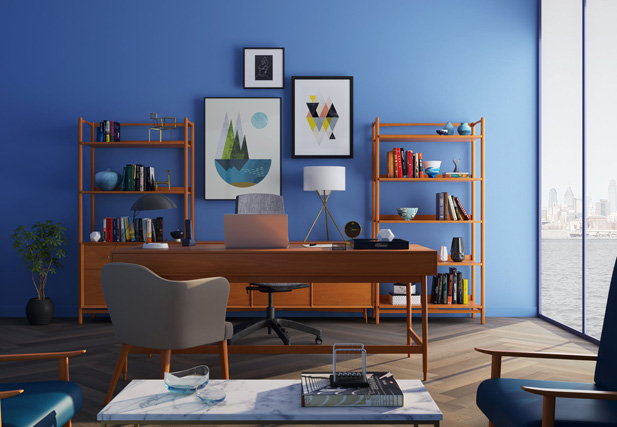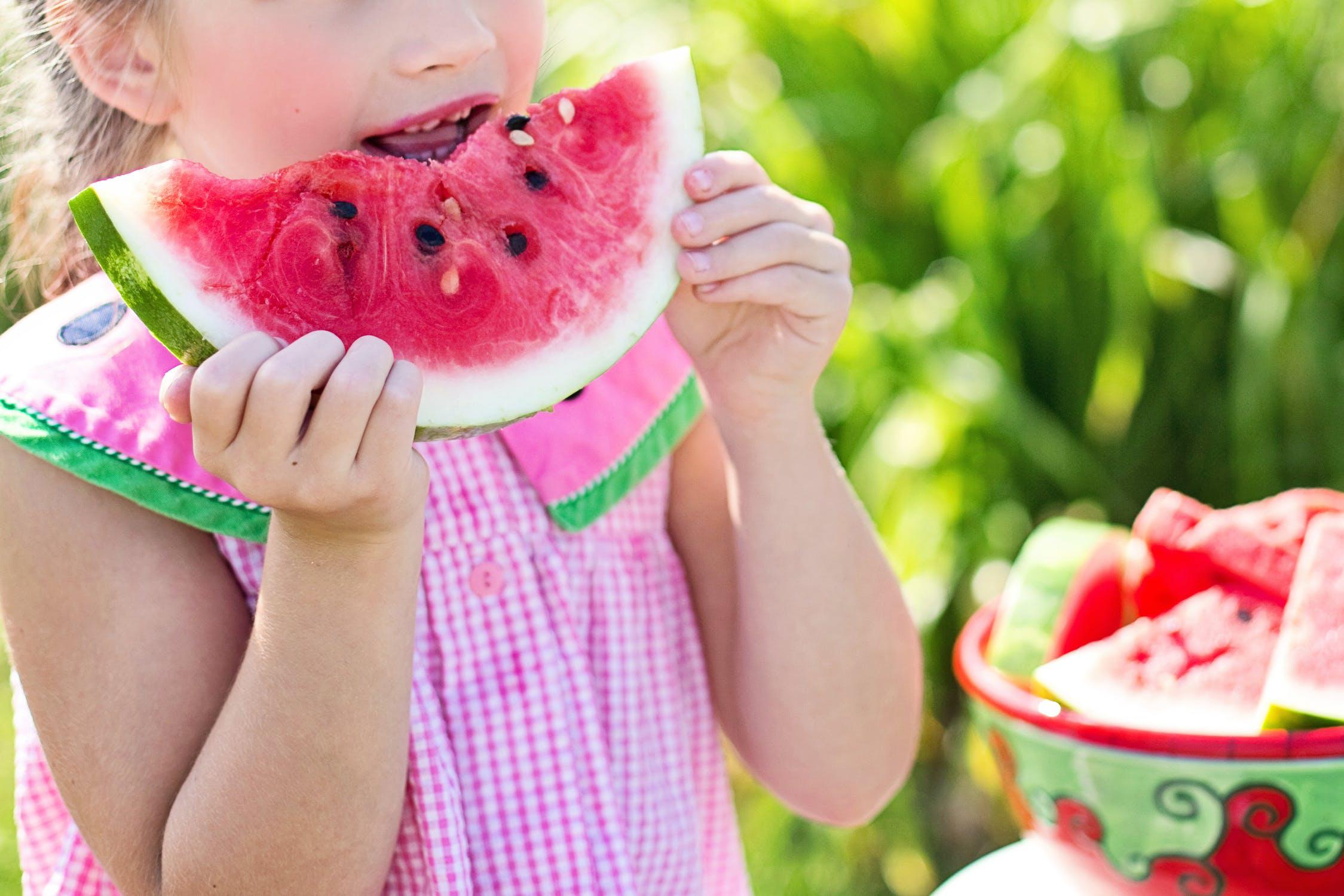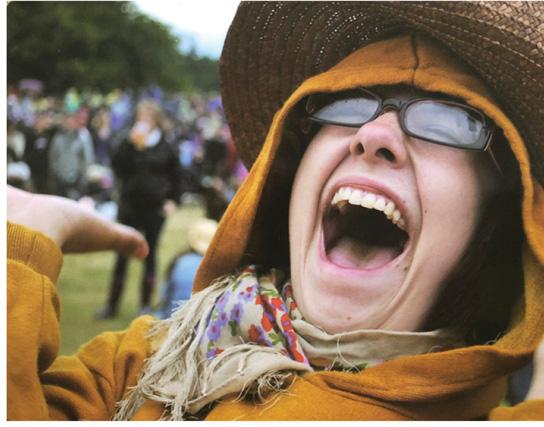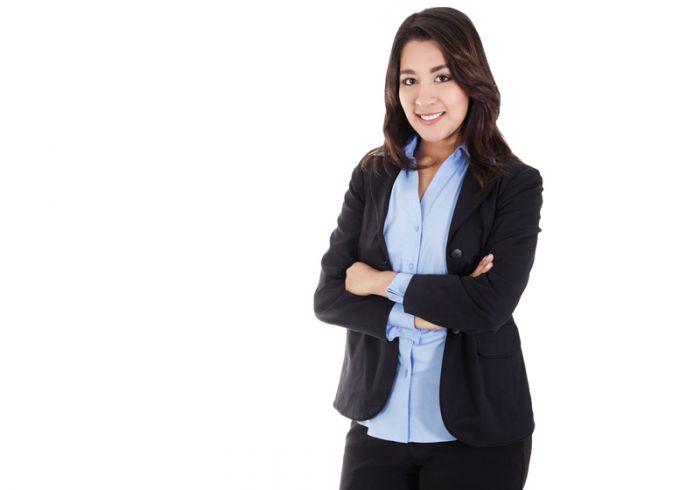Leading When You Are Not in Charge
By Blanca Robinson
Click aqui para español->Liderar sin estar a cargo
Have you ever had thoughts like, "l bet I could solve this problem better, but the boss never asks me what I think; how can I influence my manager about what to do; what difference does it make if I like that or not — I have no power. I'm not the one in charge!"
While the statements above can be thought-provoking or feel very true to you, I am going to challenge your premise by saying that the only true statement is "I'm not the one in charge" (at least technically).
You can exert influence even when you're not the boss; it's all about learning how to Lead Up.
How, you might ask, can this happen? Simply put, being a leader isn't about something you have; it's about how you act and the attitude you have, coupled with strong working relationships.
Successful leaders know how to inspire others and find ways to unlock hidden potential in others.
They are willing to do what others won't. They personally invest in the work they do. This is especially evident in working with the boss, manager, or supervisor.
Having a strong relationship with your manager is critical in ensuring that you work together effectively, so that your influence up is exerted, and your voice is heard. If there are conflicts between you and your boss, or if you do not like your boss, there are two immediate and distinct questions:
First, are you willing to take 100% responsibility for the relationship? Often, in a conflict we tend to become victims and blame the other person or expect them to change. Like it or not, in the workplace, it is up to us to make the relationship work and to take full responsibility for our impact and the results we are achieving. We mustn't sit back and wait for the other person to act.
Second, are you willing to make the relationship work? If not, then you are effectively choosing to play the victim role by sitting back and tolerating the situation. Much like in personal relationships, such as marriage, any relationship requires an ongoing, conscious choice to make it work.
There are three things to keep in mind: 1) The relationship with your manager depends on both a strong business and personal foundation; 2) It is up to you to take full responsibility for the quality of the relationship with your manager; and 3) To strengthen the relationship with your manager, you need to fully understand what he or she values — both personally and professionally — and help him/her succeed.
Your first thought is probably why should I care if my manager succeeds? Keep in mind that even the CEO of a company has a boss — could be the biggest customer(s), members of the board, or some key employees. Everyone can benefit from taking time to assess their relationship with their superiors and how to improve it.
It is important to understand what drives your boss. How does he/she define performance, how does your boss measure success, how does your manager make decisions? The better you understand your manager's aspirations, communication and leadership styles, and definitions of performance, the better you can develop an accurate picture of your relationship with your manager. From there you can identify ways to strengthen the relationship. Are there certain behaviors from colleagues or other employees that are sure to upset your manager? What does your manager expect you to achieve? How would your manager say you are performing? How does your manager expect you to communicate progress, issues, and results? If you don't know the answer to these and other questions that may surface, either review them with a colleague
or plan a way to ask your manager directly. If you feel uncomfortable having a conversation with your manager about how he or she defines success, that says something about the quality of the relationship. Please keep in mind this is not how to suck up to your boss.
These are guidelines of how to understand what drives your manager to succeed so you may then influence decisions, ensure your voice is heard, and become an asset to your organization. This is how you can Lead Up.













